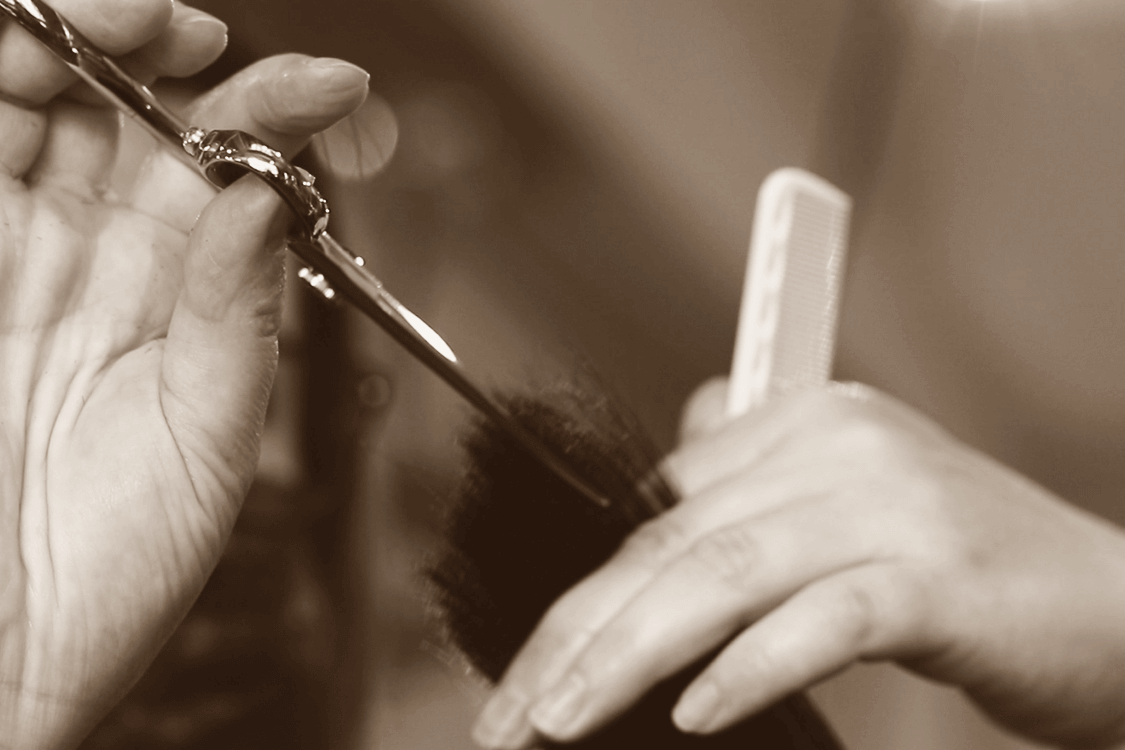Precision Meets Texture: The Expert’s Guide to Mastering Point Cutting in Modern Hair Design

As hairstyling evolves, so does the demand for textured, effortlessly stylish haircuts. One of the most essential techniques for achieving this modern aesthetic is point cutting. Often misunderstood or underutilized, point cutting—when done with precision—can completely transform the finish of a haircut, adding movement, softness, and dimension.
In this guide, we’ll break down the art and science behind point cutting so that professional hairstylists and barbers can refine their technique, deliver on-trend results, and enhance client satisfaction.
What Is Point Cutting?
Point cutting is a texturizing technique used to remove bulk and soften the edges of a haircut. Unlike blunt cutting, which creates sharp, defined lines, point cutting introduces subtle texture by snipping into the hair at an angle using the tips of the shears.
This method is especially useful for:
-
Removing weight without sacrificing shape
-
Creating natural movement
-
Blending layers seamlessly
-
Customizing haircuts for individual client needs
Benefits of Point Cutting in Professional Hairstyling
Point cutting isn’t just a visual technique—it’s a functional one. Here’s why it’s indispensable in the salon or barbershop:
-
Versatility: Works across hair types, from fine to thick, and lengths, from pixies to long layers.
-
Customization: Enables stylists to tailor texture based on hair density, growth pattern, and client lifestyle.
-
Soft Finishing: Ideal for lived-in, low-maintenance looks that are in high demand on social platforms like Instagram and TikTok.
-
Enhanced Movement: Breaks up harsh lines to add swing, bounce, and flow.
How to Master the Point Cutting Technique
1. Choose the Right Shears
Invest in professional, sharp texturizing or precision cutting shears. Blunt shears will fray the ends rather than texturize them cleanly.
2. Understand Elevation and Sectioning
Start with clean, dry hair for optimal visibility. Dry cutting allows you to see the natural fall and weight of the hair more accurately.
-
Use vertical sectioning for layered styles
-
Work horizontally to maintain weight while adding texture
3. Master Your Angles
-
Use a 45-degree angle for soft texturizing
-
A steeper angle (60–90 degrees) increases separation and drama

-
Avoid cutting too perpendicular (90°) to the strand unless aiming for dramatic texture
4. Control Your Depth
Depth determines how much weight you’re removing. Start with shallow cuts (1–2 cm) and build as needed. Avoid over-texturizing, which can lead to thin or wispy ends.
5. Focus on Tension and Consistency
Keep your tension consistent. Too much tension distorts the natural fall; too little reduces control. Use your comb to maintain balance and measure length accurately.
6. Blend and Check Your Work
After point cutting, cross-check the sections by combing them in the opposite direction and refining where needed. This ensures even texture and symmetry.
Common Mistakes to Avoid
-
Over-Texturizing: Resist the urge to overdo it, especially on fine hair.
-
Cutting Wet Hair: Wet strands stretch and rebound, leading to misjudged lengths.
-
Rushing the Process: Point cutting is a detailed, intentional technique. Take your time.
-
Using Dull Shears: Always use high-quality, well-maintained tools.
Point Cutting for Different Hair Types
-
Fine Hair: Use shallow, precise snips to avoid over-thinning.
-
Thick Hair: Deeper point cuts can help debulk and create more movement.
-
Curly Hair: Proceed cautiously—cut dry and visually, following the curl pattern to maintain shape.
Final Thoughts
Mastering point cutting takes practice, patience, and attention to detail. But once perfected, it can elevate your haircutting skills and give your clients the modern, textured looks they crave. Whether you're blending layers, breaking up bulk, or softening outlines, this technique is a must-have in every stylist’s toolbox.
Looking to sharpen your skills further? Attend a live cutting workshop, shadow a master stylist, or schedule time each week to refine your point cutting on mannequins or trusted clients.




